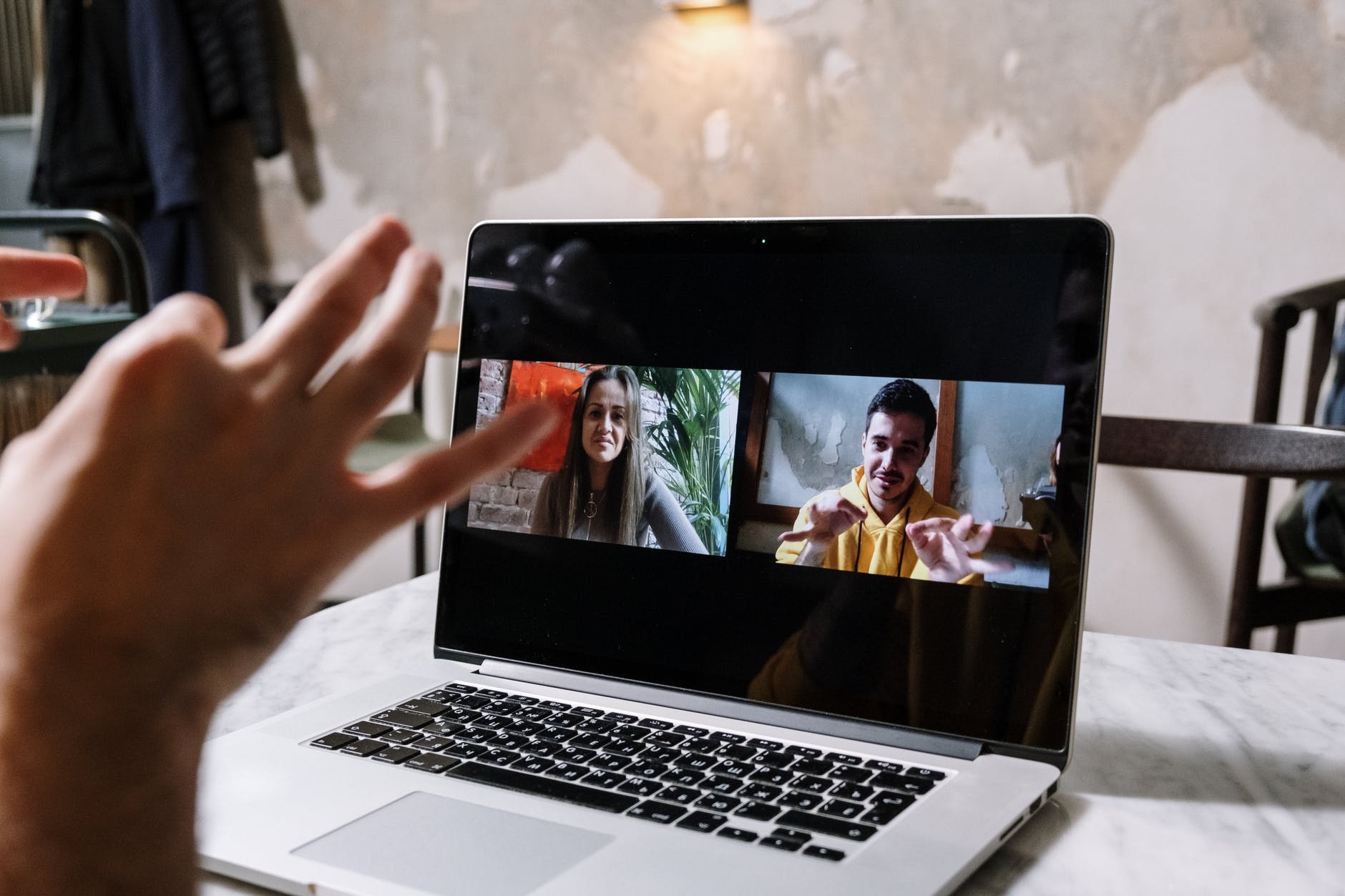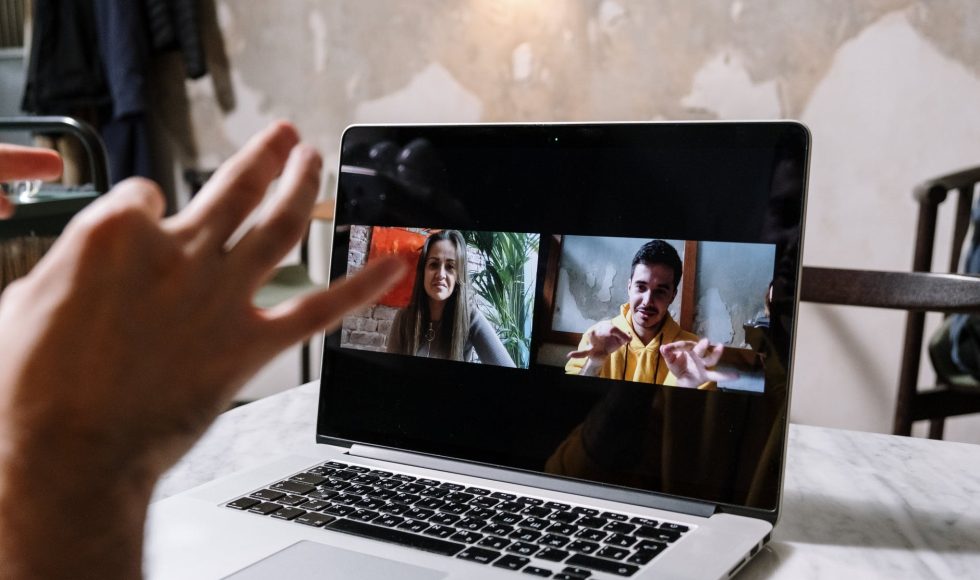I have been thinking a lot about blended learning as part of the QM courses and preparing for BIT 295 in the spring. An ALT 2021 session that caught my attention tonight was entitled “Embedding Inclusive Practice for Blended and Distance Learning” presented by Mark Maher, Robin Clarke, Carmen Miles, and Stephen Walker. They have been working on a process that is build on universal design for learning. Clarke talked about inclusivity and its core: “everyone having equal access.” At De Montfort University, the presenters developed a framework for online, blended, and distance learning that they launched and gathered feedback on. Miles spoke about how they all came from different campuses and wanted the framework to reflect their institutions and learning approaches. Maher mentioned how they built their framework on existing frameworks including Bloom’s taxonomy and conversational analysis. I thought it was striking how they spoke about “distance and blended learning” making the distinction between modalities. I wonder how they define blended? The presenters used a Padlet board to share how they embedded inclusive practice in their framework for blended and distance learning. The presenters mentioned they aimed for their resources to fit on one page and include a checklist so that course designers could easily follow. One question an audience member asked was if the framework could be released for re-use; the presenters mentioned it would be released as soon as they incorporate feedback. Miles explained that the checklist would include links to relevant resources for instructors to implement. The takeaways from the session included the need for feedback from the community and opportunities to share simple and useful instructor guides.
The second session we watched was similar in terms of topic. “Digital Transformation – a discussion on inclusive approach” was the session by Adele Cushing and Zad Santospirito from Birkbeck. Cushing started with a “spot the difference” activity with a ramp placed over steps and a staircase with a zig-zag ramp. There were lots of comments in the chat. The next prompt Santospirito shared was: how did/would you approach consistent module redesign? Audience members shared creating checklists, asking stakeholders, and standardizing the approach across departments and units. The presenters spoke about creating baseline standards, establishing a mandatory digital pedagogy training course for staff, instituting course design and timetabling software… clear navigation with signposting activities. Alt text and transparent feedback would be shared with students. The presenters shred some feedback and notes from their implementation.Their student survey results showed agreement with the approach used. Several questions were asked including how the information was displayed. While the two sessions were different, both groups aimed to design a template that instructors could follow to make their courses more accessible for all.



